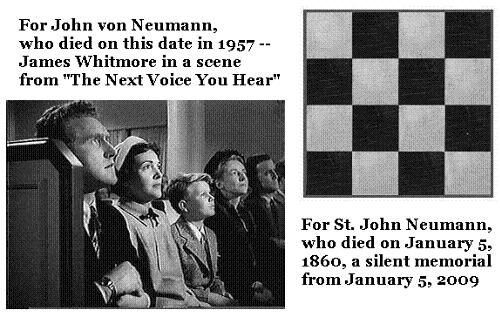Some historical background for a new book by Robert T. Curtis,
The Art of Working with the Mathieu Group M24 —
"Space is another example of an entity endowed with a structure.
Here the elements are points, and the structure is established
in terms of certain basic relations between points such as:
A, B, C lie on a straight line, AB is congruent CD, and the like.
What we learn from our whole discussion and what has indeed
become a guiding principle in modern mathematics is this lesson:
Whenever you have to do with a structure endowed entity Σ
try to determine its group of automorphisms, the group of those
element-wise transformations which leave all structural relations
undisturbed. You can expect to gain a deep insight into the
constitution of Σ in this way. After that you may start to investigate
symmetric configurations of elements, i.e. configurations which are
invariant under a certain subgroup of the group of all automorphisms;
and it may be advisable, before looking for such configurations,
to study the subgroups themselves, e.g. the subgroup of those
automorphisms which leave one element fixed, or leave two distinct
elements fixed, and investigate what discontinuous or finite subgroups
there exist, and so forth."
— Hermann Weyl, Symmetry, Princeton University Press, 1952.
(Page 144 in the Princeton Science Library edition of 1989.)
This square's automorphism group
has 322,560 transformations.
— The diamond theorem of Steven H. Cullinane.
This rectangle's automorphism group
has 244,823,040 transformations.
— The Miracle Octad Generator (MOG) of Robert T. Curtis.
The rectangle's automorphism group contains the
square's as a subgroup. The square's automorphism
group leaves invariant a set of 30 eight-subsquare sets
called affine hyperplanes. The rectangle's automorphism
group leaves invariant a set of 759 eight-subsquare sets
called octads.






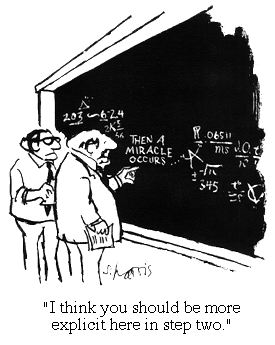





















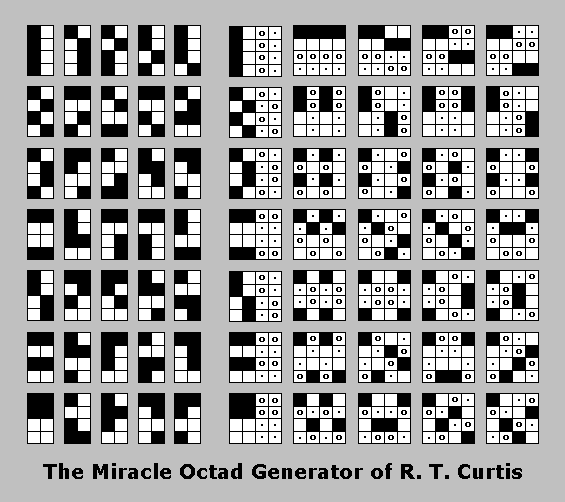


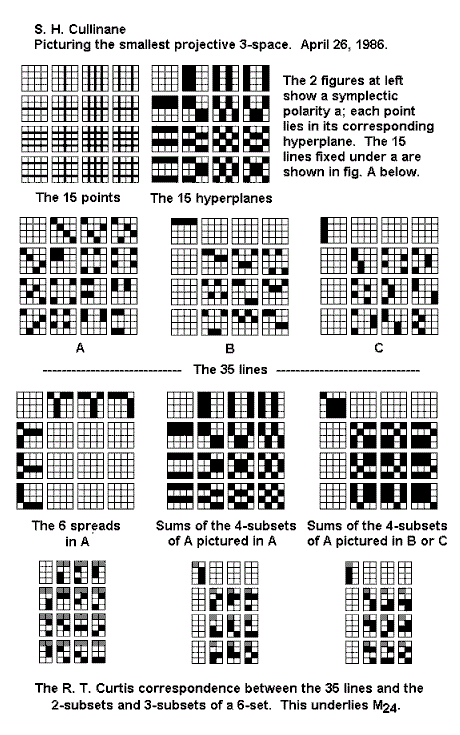


















 .
.

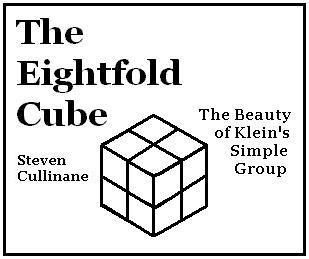
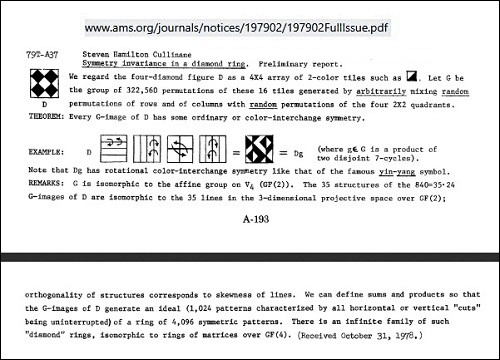








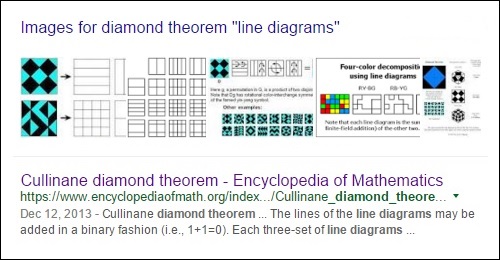















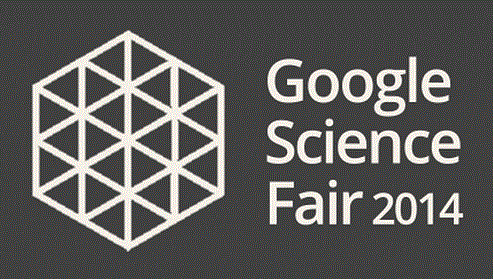
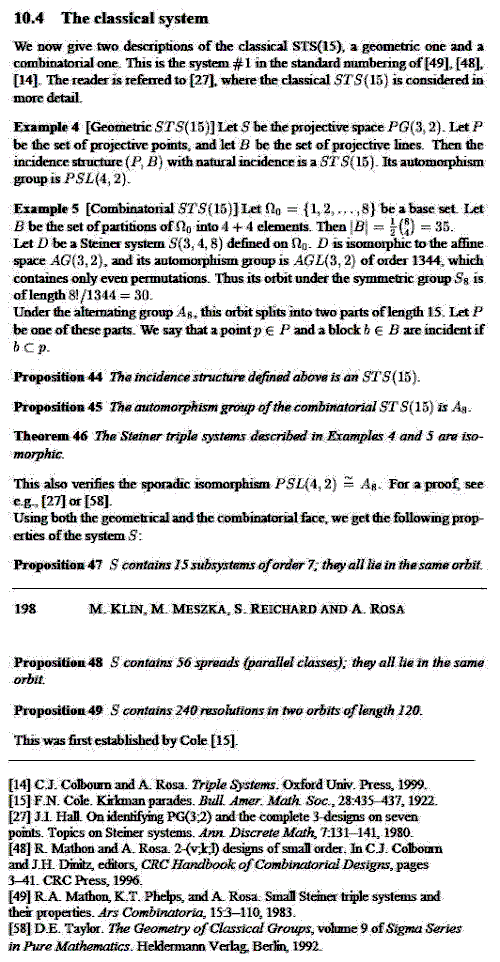


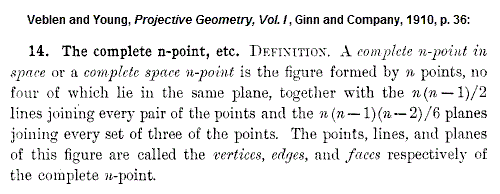







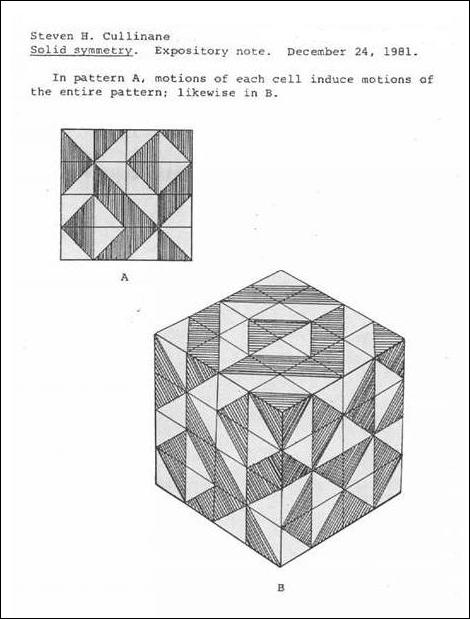












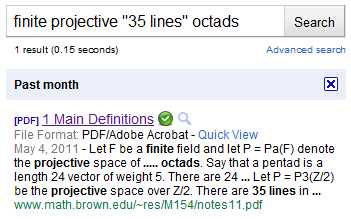











 pure as one of Bach's inverted canons or Euler's formula for polyhedra."
pure as one of Bach's inverted canons or Euler's formula for polyhedra."
